Microsoft Research Project FingerShadow Saves Smartphone Battery Life By Dimming The Display Area Covered By Fingers
2 min. read
Published on
Read our disclosure page to find out how can you help MSPoweruser sustain the editorial team Read more
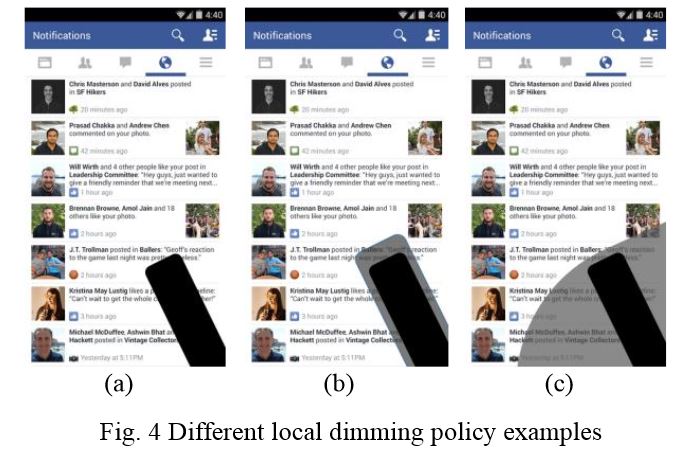
As smartphones are becoming more and more powerful by each generation, the power optimization techniques have become an important factor in developing a device. We have seen various techniques by smartphone vendors that allows users to save battery life. In Samsung Galaxy S5, there is a new Ultra Power Saving Mode to save and extend your battery life when your phone is running low on battery. This feature changes your screen to black and white and shuts down all unnecessary features to dramatically minimize battery consumption.
Recently, Microsoft Research Asia published a paper in which they present a technique called FingerShadow that can achieve 5.07%~22.32% power saving in smartphones. The idea is quite simple, when you are using a smartphone, the area of display which is covered by your finger will be dimmed. Instead of dimming the whole display based on the environment lighting, this local dimming can save further power usage.
Despite that OLED screen has been increasingly adopted in smartphones to save power; screen is still one of the most energy-consuming modules in smartphones. Techniques such as local dimming are proposed to further reduce the power consumption of OLED screen, but it is hard to decide which part of the screen could be dimmed, and it often results in compromised user experience. Intuitively, when a user interacts with a smartphone via the touch screen, the screen areas are covered by the user’s fingers and even some of the neighboring areas could be safely dimmed. Thus, in this paper, we propose FingerShadow, a new technique which does local dimming for the screen areas covered by user fingers to save more power, without compromising the user visual experience. We have studied 10 users’ touch interaction behaviors and found that on average 11.14% of the screen were covered by fingers. For these 10 users, we estimate that FingerShadow can achieve 5.07%~22.32% power saving, averaging 12.96%, with negligible overhead. We discuss the challenges and future research work to implement FingerShadow in existing smartphone systems.
Read the whole paper from the link below.
Source: MSR



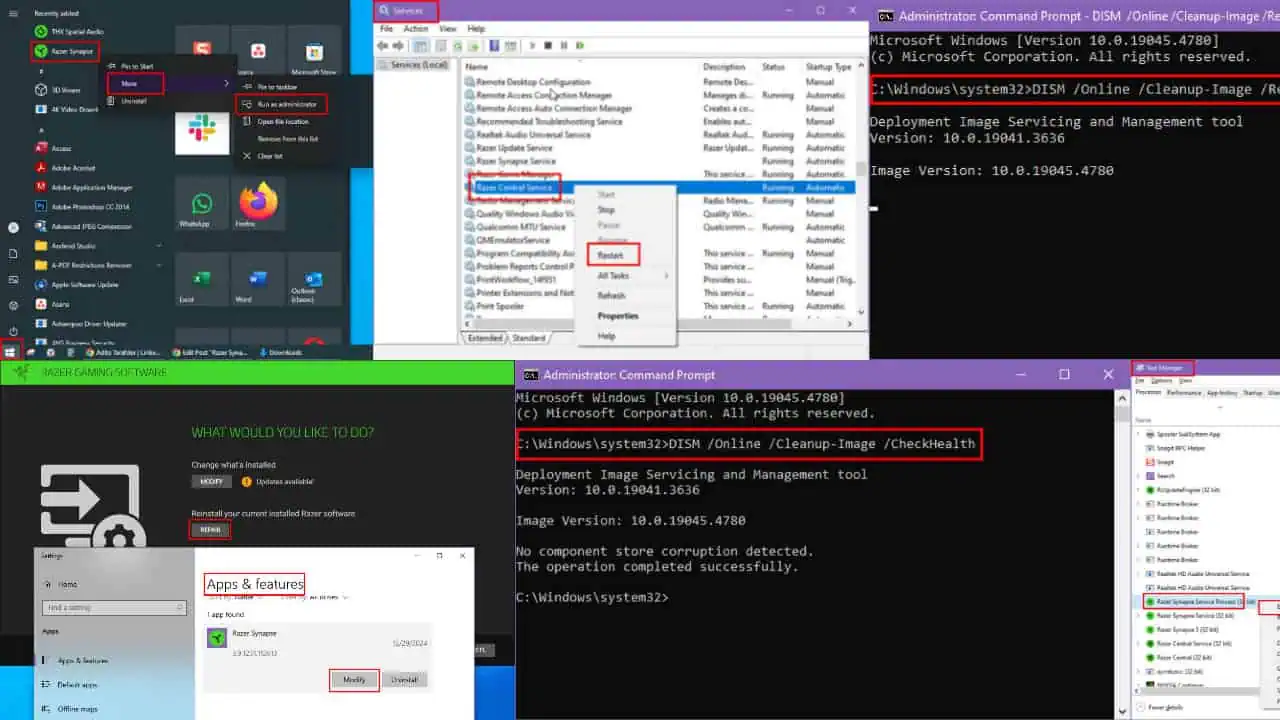
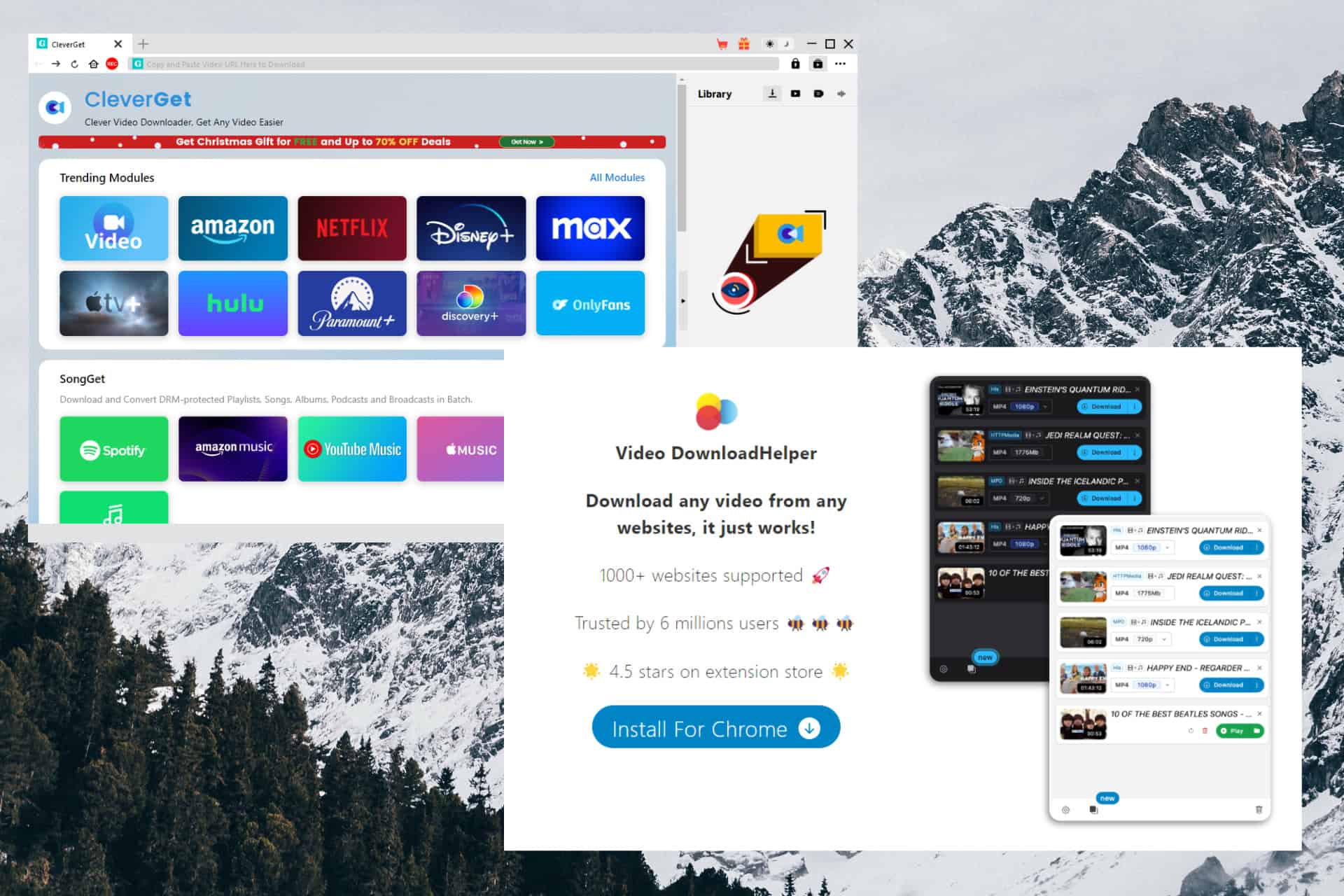
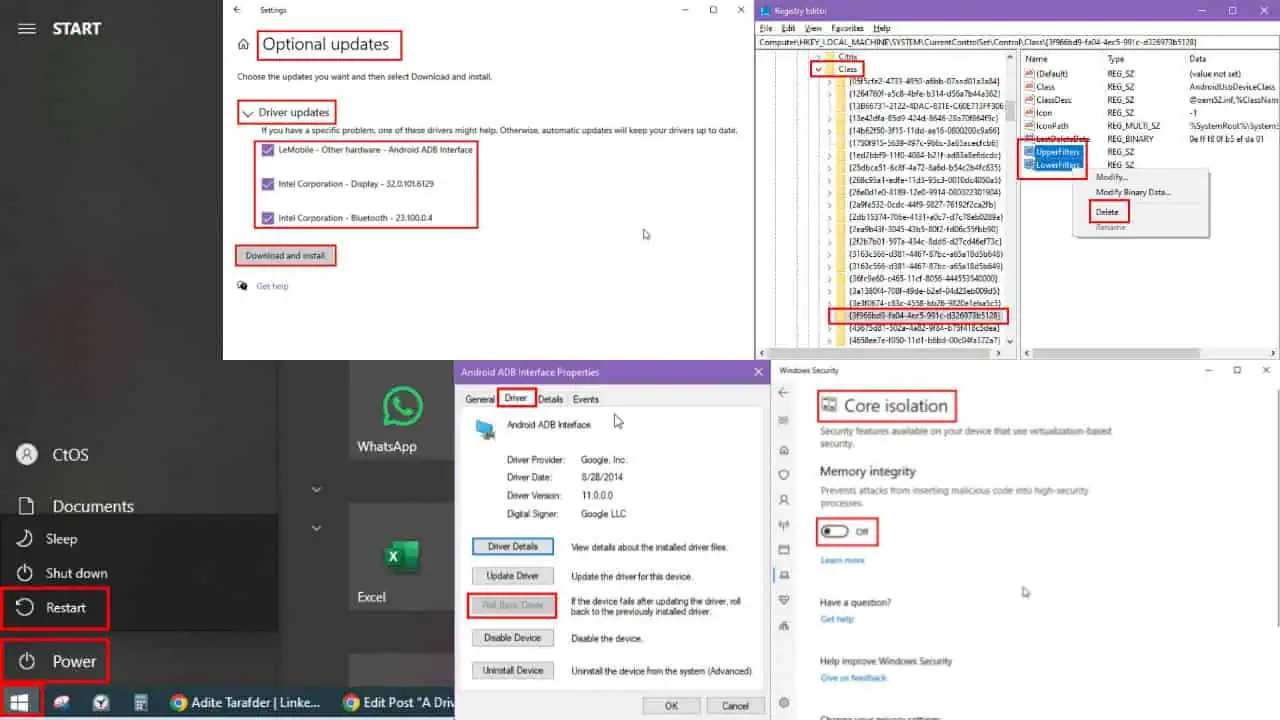
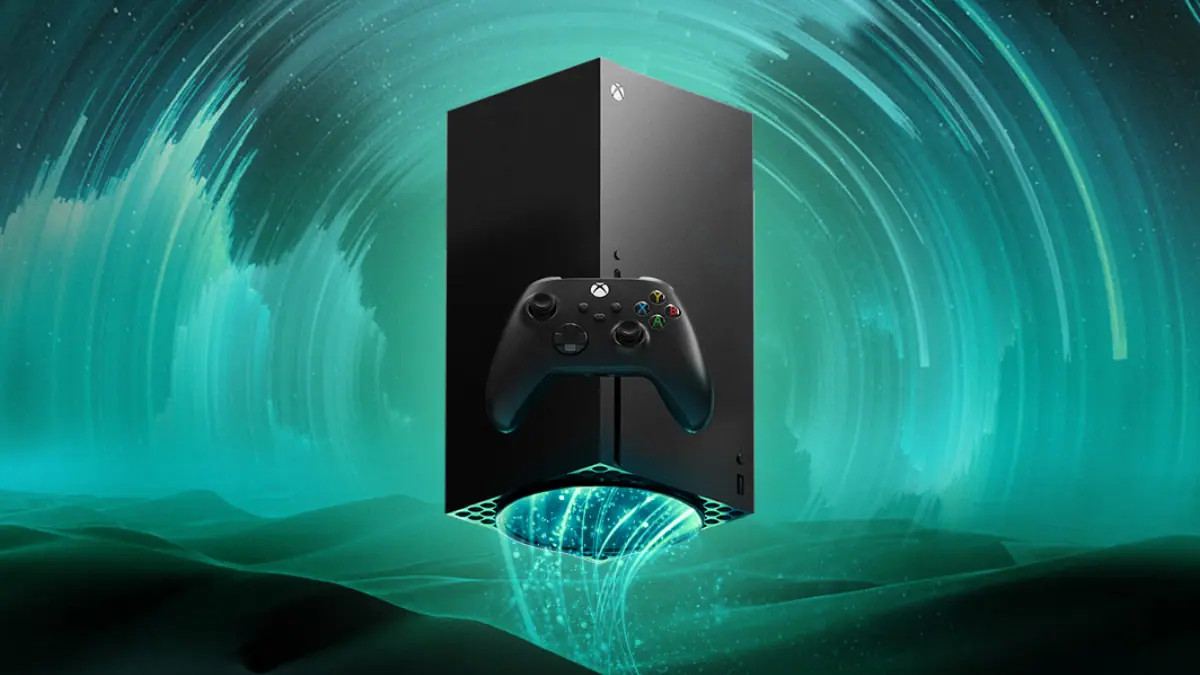
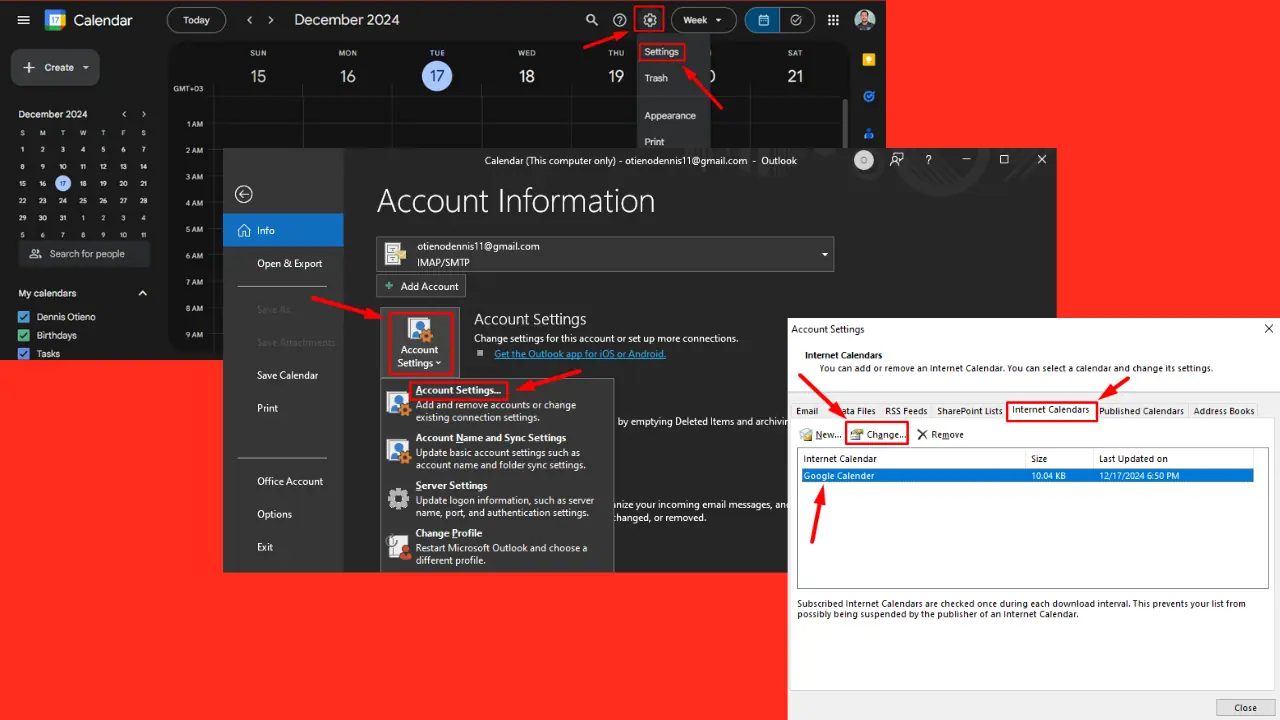

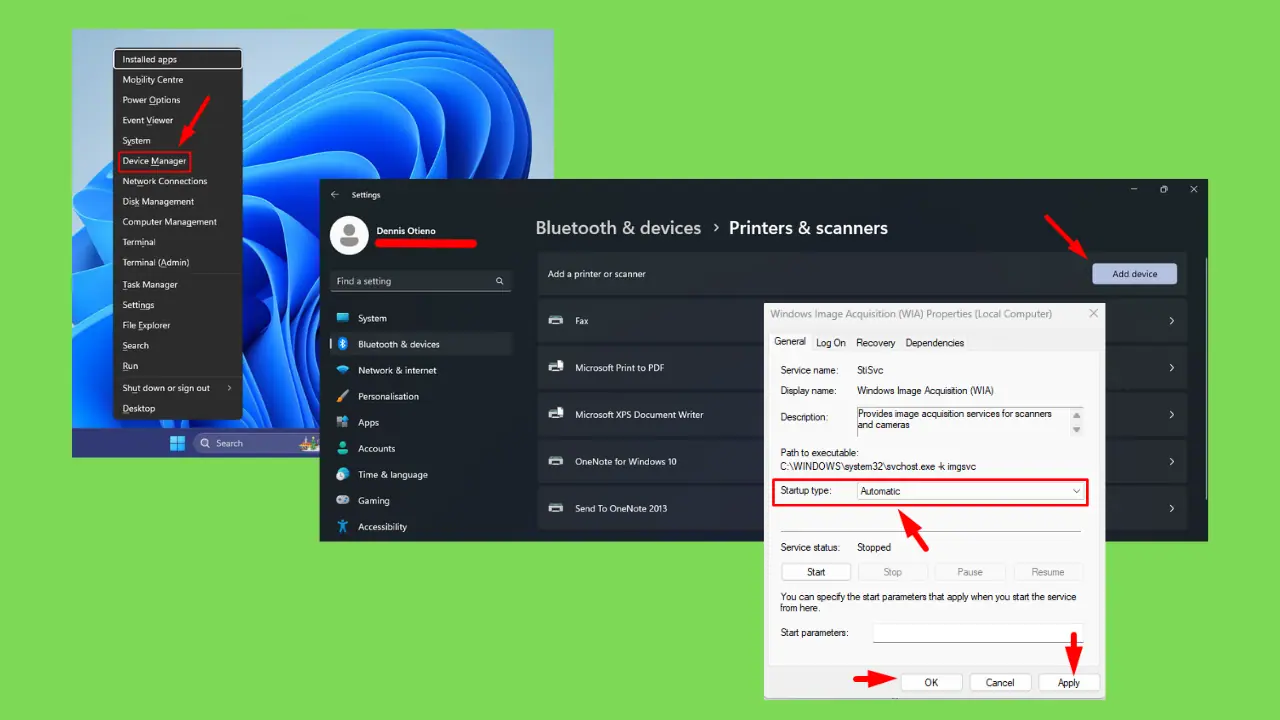
User forum
0 messages